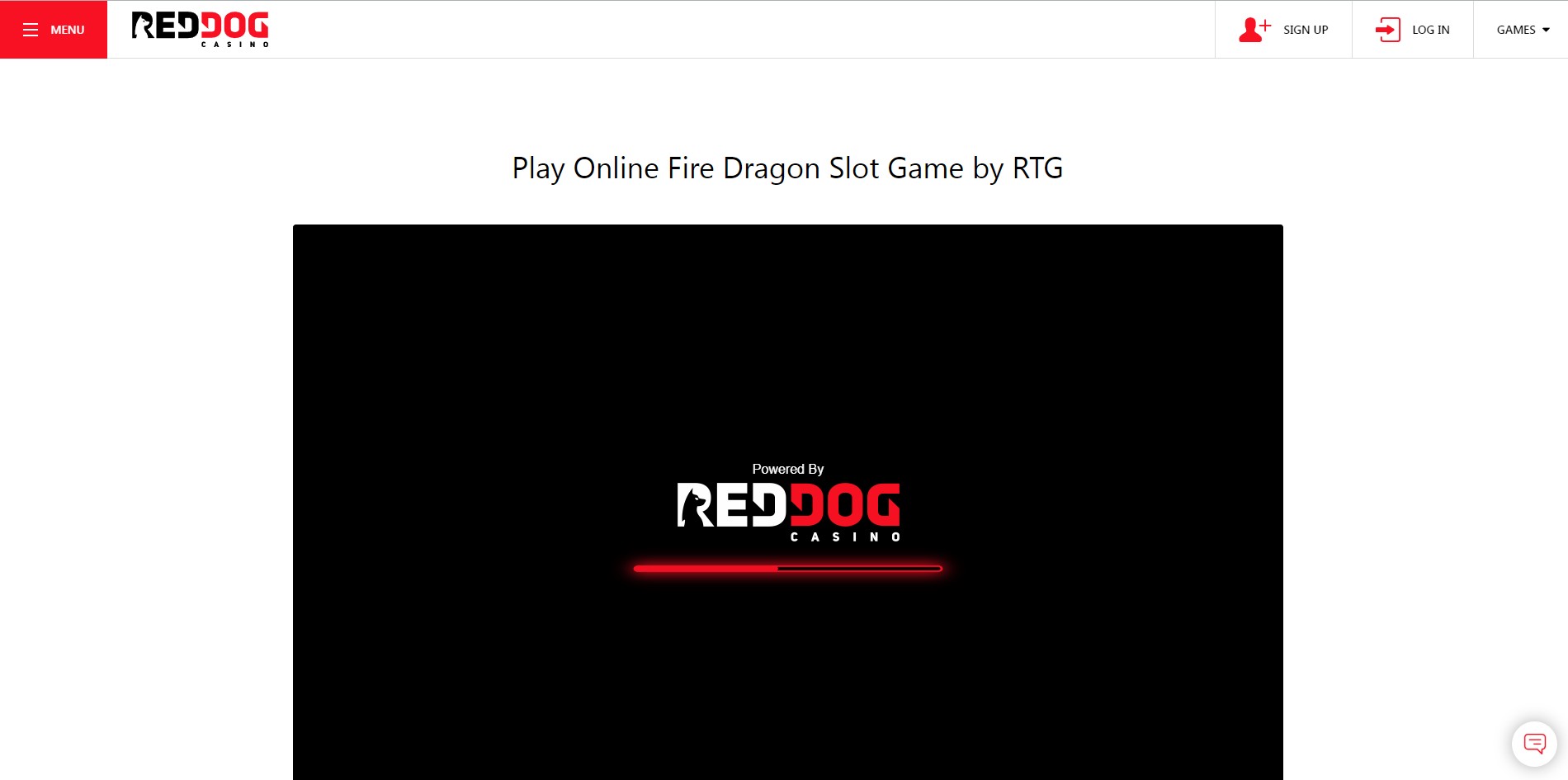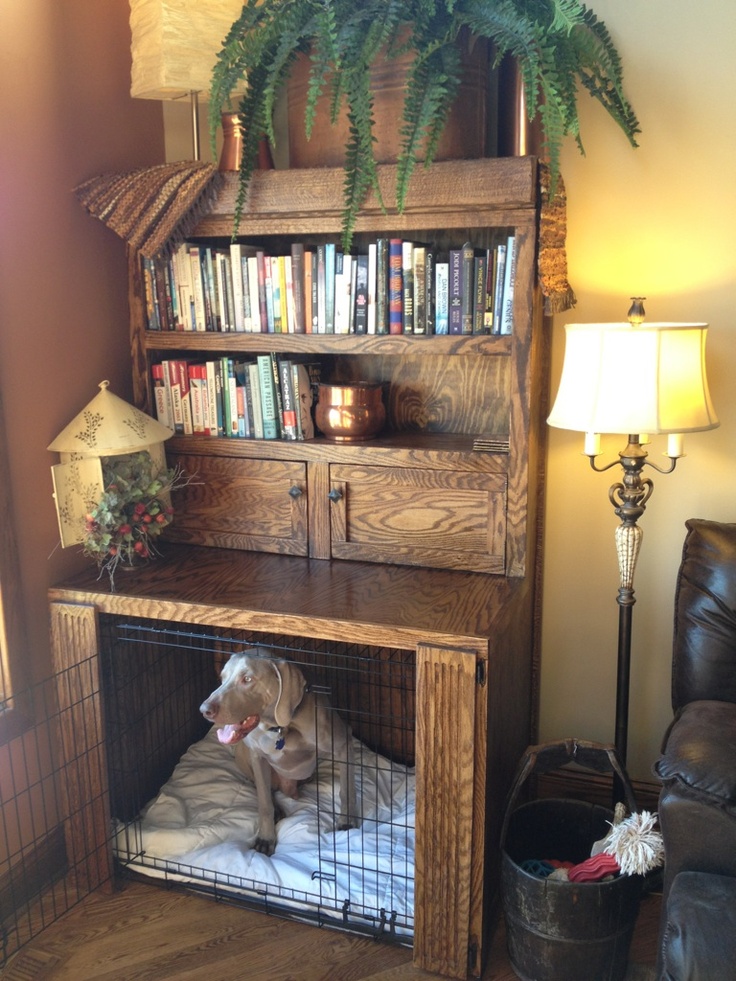How To Play Red Dog
- Play Red Dog for Free in Demo Mode by Nucleus Gaming Refresh game credits Click here to play Red Dog for free now. Play for Real Game works Report a problem.
- How to play Red Dog. Red Dog is a variation of the game Yablon, also known as Ace-Deuce or In-Between.
How loyal is your dog? How loyal are YOU to your dog? Ponder these thoughts as you play the role of an abandoned dog in Revenge of Dog!
Casino Bonus Offers
- £160
- £200
- £1000
- 10%
- £800
- £200
- £100
- £150
- £150
- £125
- £500
- £100
- £200
- £150
- £175
- £100
- £150

The casino table game known as “Red Dog” sometimes goes by other names, such as “Acey Deucey” or “In Between.” It is played with one or more standard decks of 52 playing cards directly against the dealer and can be found online as well as at many bricks-and-mortar casinos. The object of Red Dog is to have a successful wager which occurs whenever a third card dealt is valued “in between” the first two cards dealt.
Most versions the game played on the Internet are for one player only, although multi-player tables are the standard for land-based casinos. In all forms of Red Dog, cards are ranked exactly as they are in poker, with the Ace high, followed by the King, Queen, Jack and ten through deuce. For this game, suits are irrelevant.
The game begins with the player(s) making an initial wager of any amount within the table limits. The dealer then places two cards in the middle of the table face up. If the two cards are consecutive, such as 6-7 or J-Q, the hand is a “push,” no winner, and all wagers are returned.
If the two dealt cards are equal, such as 2-2 or K-K, the dealer places a third card on the table face up. If it matches the first two cards, the player wins and his/her wager is paid at odds of 11:1. If any other third card is dealt, the hand is a push, no winner, and all wagers are returned.
When the first two cards dealt are neither consecutive nor equal, the dealer announces the “spread,” which is number of card values that can occur in between the two cards. For example, a 4 and 9 would have a spread of four (5, 6, 7, 8), while a King and a 10 would have a spread of two (Q, J).
Next, each player has the opportunity to “stand” and not add any more money to the bet or “raise” and increase it. Folding is not an option. When raising, the player may increase his/her bet by any amount up to the value of the initial wager. In no case, however, may the total wager exceed double the original stake.
Once all bets are confirmed, a third card is dealt. If it falls in between the first two cards, the player wins according to the House payout table, usually at the following odds: 5:1 for a one-card spread, 4:1 for a two-card spread and 2:1 for a three-card spread. All other spreads of four or more pay even money.
On the other hand, if the third card matches either of the first two cards or else falls outside the spread rather than in between, the player loses all amounts wagered. Depending upon the number of decks used, the House edge is somewhere between 2.75% for eight decks and 3.16% for the single-deck game.
As regards strategy for Red Dog, money management is the best approach. Only spreads of seven or more are truly favorable to the player, no matter how many or how few decks are used. These spreads should always be raised, even though the return is only even money. Spreads of five or less favor the House, while a spread of six is a virtual coin toss. Progressive betting can also be applied to Red Dog wagering if the table stakes are relatively high.
Published on: 16/02/2012
On This Page
Introduction
Red Dog is a variation of acey-deucey or in-between. The game is falling in popularity in the land casinos but many Internet casinos offer the game. I have heard from two sources that the game can be found at the Turning Stone Casino and Resort in Verona, New York. I also have an unconfirmed report that Foxwoods has the game, titling it 'Acey Deucey.'
 All cards are ranked as in poker, the suit is irrelevant, and aces are always high. First the player places a wager. Then the dealer places two cards on the table face up. If the two cards are consecutive then the hand is a push. If the two cards are equal a third card is dealt, a matching third card pays 11:1, otherwise the hand is a push.
All cards are ranked as in poker, the suit is irrelevant, and aces are always high. First the player places a wager. Then the dealer places two cards on the table face up. If the two cards are consecutive then the hand is a push. If the two cards are equal a third card is dealt, a matching third card pays 11:1, otherwise the hand is a push.If the two cards are neither consecutive nor equal the dealer announces the spread, or the number of card values in between the cards. For example a 5 and 10 would have a spread of 4. The player is then given a chance to increase the wager up to the amount of the original wager. Then a third card is dealt, if it is in between the first two cards the player wins according to the following payout table, if it matches or is outside the first two cards the player loses.
- 1 card spread: Pays 5:1
- 2 card spread: Pays 4:1
- 3 card spread: Pays 2:1
- 4+ card spread: Pays 1:1
Strategy
The following table shows the net return per unit bet on various spreads, assuming a six deck game. As you can see only spreads of seven or more are favorable. Thus the player should only raise on spreads of 7 or more, which is true regardless of the number of decks used.| Expected Gain by Raising | |||
|---|---|---|---|
| Spread | Pays | Probability of winning | Player's edge |
| 1 | 5 | 0.077419 | -0.535484 |
| 2 | 4 | 0.154839 | -0.225806 |
| 3 | 2 | 0.232258 | -0.303226 |
| 4 | 1 | 0.309677 | -0.380645 |
| 5 | 1 | 0.387097 | -0.225806 |
| 6 | 1 | 0.464516 | -0.070968 |
| 7 | 1 | 0.541935 | 0.083871 |
| 8 | 1 | 0.619355 | 0.238710 |
| 9 | 1 | 0.696774 | 0.393548 |
| 10 | 1 | 0.774194 | 0.548387 |
| 11 | 1 | 0.851613 | 0.703226 |
The following table shows the probability and return of each possible outcome in a six-deck game.
Red Dog Return Table - Six Decks
| Win | Probability | Return |
|---|---|---|
| 11 | 0.005248 | 0.057733 |
| 5 | 0.010111 | 0.050553 |
| 4 | 0.018383 | 0.073532 |
| 2 | 0.139711 | 0.279422 |
| 1 | 0.094673 | 0.094673 |
| 0 | 0.211175 | 0 |
| -1 | 0.457508 | -0.457508 |
| -2 | 0.063192 | -0.126383 |
| Total | 1 | -0.027978 |
The standard deviation in Red Dog is 1.60.
The following table displays the house edge and element of risk according to the number of decks used.| House Edge in Red Dog | ||
|---|---|---|
| Number of Decks | House Edge | Element of Risk |
| 1 | 3.155% | 2.672% |
| 2 | 3.077% | 2.609% |
| 4 | 2.884% | 2.447% |
| 6 | 2.798% | 2.375% |
| 8 | 2.751% | 2.335% |



